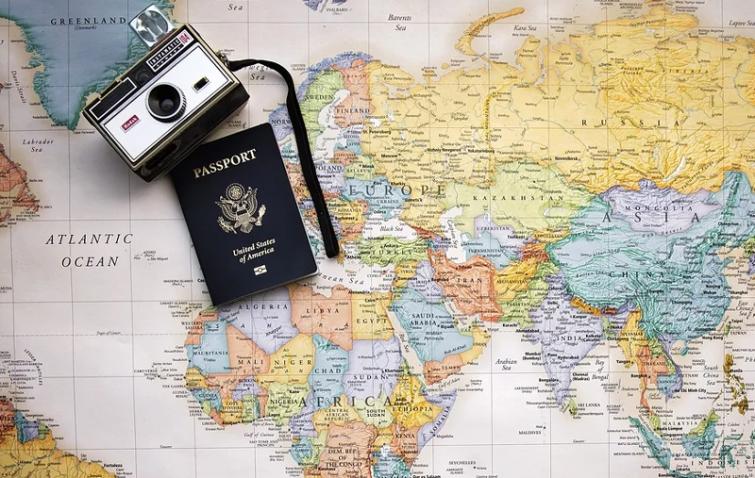
Asia-Pacific becomes largest destination and source of foreign direct invstment
Bangkok/IBNS: For the first time, the Asia-Pacific region has become the largest destination and source of foreign direct investment (FDI) globally, according to a new report launched by the United Nations Economic and Social Commission for Asia and the Pacific (ESCAP).
The study Foreign Direct Investment Trends and Outlook in Asia and the Pacific finds that the region is expected to maintain steady inflows and outflows of FDI in 2019 and 2020. In 2018, it attracted 45% of global FDI inflows and was responsible for 52% of global outflows. Developing countries in the region attracted 40% of global FDI inflows and were responsible for 37% of global FDI outflows. Despite escalating trade tensions, inflows to China increased from $134 billion in 2017 to $139 billion, making it the largest recipient of FDI inflows to region for the third consecutive year.
The sheer scale of outward FDI in the region raises important questions about its impact on the sustainable development of source countries. The analysis in the study is expected to help policymakers maximize the potential of FDI to contribute to the 2030 Agenda for Sustainable Development and implement sustainable investment promotion strategies for both inward and outward FDI.
One important consideration is the holistic analysis of the region’s FDI flows amid broader economic trends. Despite continuous movement of FDI, sluggish growth in inward greenfield investments may hamper the region’s ability to attract the same levels of investment in 2019, and a decline in investment flows in 2020 is expected if both the uncertainty related to international trade continues and companies consolidate their value chains. Therefore, investment prospects for the region remain tied to unfolding risks of ongoing global political and economic disturbances.
As intraregional FDI flows continue to grow in significance, more opportunities will arise for investment cooperation in the name of sustainable development between the sources and recipients of FDI in the region. During the past decade, the share of intraregional greenfield inflows increased from 40% in 2009 to 53% in 2018. ASEAN member countries attracted the largest share of intraregional flows in 2018, while countries from the East and North-East Asia subregion were the largest sources of intraregional FDI.
The findings of the report were discussed at the 9th Asia-Pacific FDI Network Meeting. The FDI Network meeting brings together FDI policymakers, practitioners and experts from around the region and beyond to discuss FDI issues to ensure that FDI better supports the achievement of the 2030 Agenda and increase their knowledge through exchange of experiences and interaction with FDI experts.
The report is the first brief in a new annual publication series by ESCAP called Asia-Pacific Trade and Investment Trends. This will be an annual series which draws on ESCAP’s expertise in trade and investment analysis to highlight the most important trends and forecast their impact in these two areas. The briefs will equip policymakers with the necessary information they need to make timely decisions on trade and investment policies and enable inward and outward FDI cooperation among its member States.
Support Our Journalism
We cannot do without you.. your contribution supports unbiased journalism
IBNS is not driven by any ism- not wokeism, not racism, not skewed secularism, not hyper right-wing or left liberal ideals, nor by any hardline religious beliefs or hyper nationalism. We want to serve you good old objective news, as they are. We do not judge or preach. We let people decide for themselves. We only try to present factual and well-sourced news.






